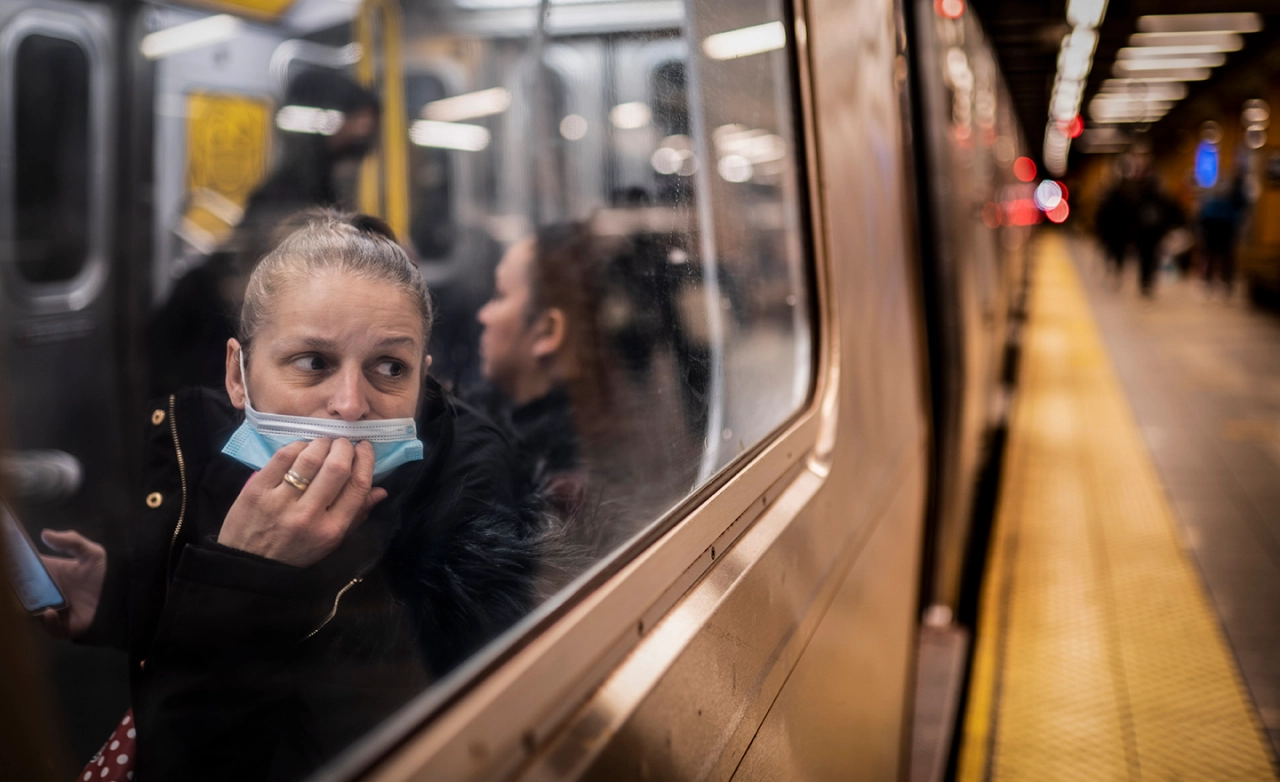This week, New York subway officials grabbed a woman passing the turnstiles at the 161st St.-Yankee Stadium station and announced she had won a prize for being their billionth passenger of 2022.
That sounds like a lot of passengers, until you consider that the New York City Subway carried 1.7 billion riders in pre-pandemic 2019.
Ordinary life has returned to many urban restaurants, taverns and sidewalks, especially on evenings and weekends. But the nation’s great subways have not fully rebounded from the ghost-train dystopia of COVID-19.
Ridership in 2020 plunged 60 percent, to 640 million, on the nation’s busiest subway system, the smallest number to ride New York subways in more than a century. In other words, between 2019 and 2020, New York’s Metropolitan Transportation Authority lost a billion passengers. Most of them haven’t returned.
The nation’s second- and third-busiest subway systems, in Chicago and Washington, D.C., are faring even worse.
Fall ridership is running at about half of 2019 numbers on Chicago’s “L,” which logged 87 million passengers through October. Washington’s Metro carried roughly 225,000 daily passengers through October, two-fifths of its 2019 ridership.
The obvious reason for half-empty subways is remote work. The share of people working primarily from home tripled from 6 percent in 2019 to 18 percent in 2021, according to Census data.
Virtual workers abound in big cities. Nearly half of D.C. workers now toil mostly at home.
As pandemic wanes, subway cars remain half-empty




